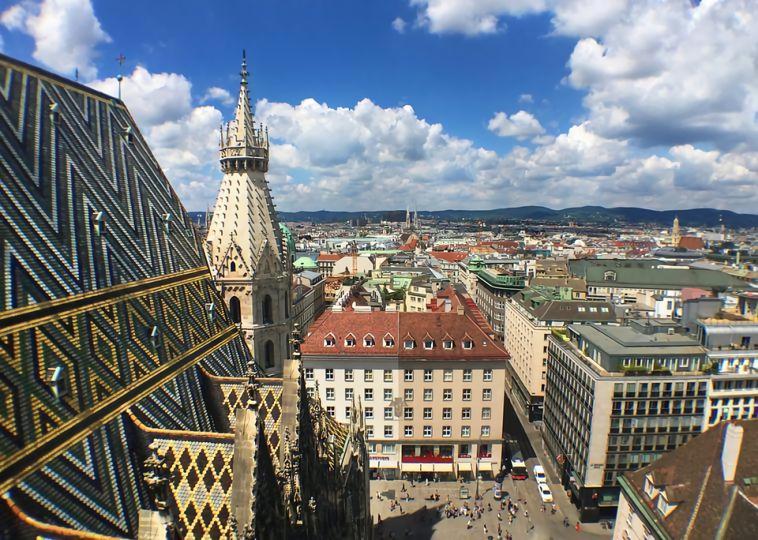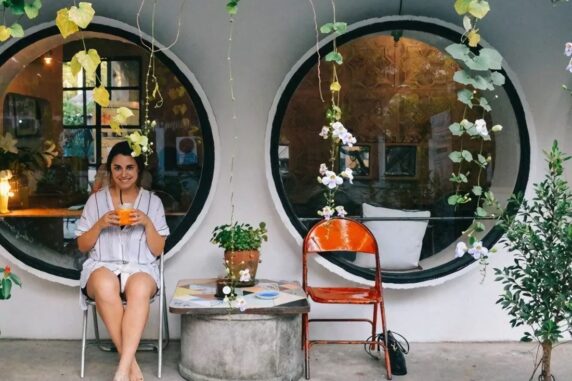Discover 5 Iconic Vienna Attractions for Unforgettable Adventures

Contents [hide]
Home of Schnitzel, Freud, Mozart, the Habsburgs, opera, art, coffee shops and much more. Traveling to Vienna is an enriching cultural experience. But no matter how long you want to be in the city, this Vienna travel guide will help you plan the perfect trip. Vienna continues to attract visitors with its many significant historical sites and fabled art collections.
Glittering palaces and extraordinary musical heritage are still replicated in concert halls and some of the world’s great opera houses. With an unmistakably cosmopolitan atmosphere, Vienna retains its unmistakable charm and flair. Fiaker and its magnificent coffee houses with their Viennese cakes and pastries.
Imperial Palace

For more than six centuries, it was the seat of the Habsburgs and, since 1275, the official residence of every Austrian ruler. The official seat of the Austrian Federal President, this sprawling complex consists of numerous buildings that reflect different eras, including Gothic, Renaissance, Baroque, and Rococo architectural relics.
The complex comprises 18 building groups, including 19 courtyards and 2,600 rooms. First, there are the Imperial Apartments. Three activities are in one: the silver collection with thousands of royal tableware. The Sisi exhibition illuminates the life of beloved Empress Elisabeth of Austria and the royal apartments themselves.
Schonbrunn Palace

The spectacular 18th-century Schnbrunn Palace is not only worth a visit for its magnificent architecture but also for its beautiful park-like surroundings. This Baroque palace is one of Vienna’s most popular tourist attractions and has more than 1,441 rooms and apartments, including those once used by Empress Maria Theresa.
Highlights of the tour include the opportunity to visit the Imperial Apartments, including Emperor Franz Joseph’s walnut room and his bedroom—the park, with its expansive views and magnificent baroque gardens. If traveling with children, visit the Children’s Museum to see them dressed up as princes or princesses.
St. Stephen’s Cathedral

Vienna’s most important Gothic building and the cathedral of the Archdiocese since 1722, St. Stephen’s Cathedral, is located in the historic center of Vienna. The original Romanesque church from the 12th century was replaced in the 13th century by a late Romanesque church.
It was followed by the Gothic-style reconstruction in the 14th century, along with the addition of the chancel and chapels of St. Steffl, which dates back to the 15th century, From the 17th to the 19th century. Improvements and other buildings followed, and the entire building was rebuilt after the Second World War.
Belvedere Palace

One of Vienna’s most popular attractions is the Belvedere Palace, which has two magnificent Baroque buildings: the Lower Belvedere and the Upper Belvedere. Worth seeing is also the Marble Hall, a stunning two-story hall with numerous historical sculptures, paintings, and ceiling frescoes.
The Lower Palace also has a marble hall known for its oval gypsum medallions and rich ceiling frescoes. A marble gallery was also built to house a collection of historical statues. Other noteworthy buildings include the Winter Palace, a Baroque building that once housed the Court Treasury.
The Vienna State Opera

The Vienna State Opera, one of the world’s largest and most magnificent theaters, has hosted many influential composers, conductors, soloists, and dancers. Opera and ballet performances are performed at least 300 times a year, fueled by an obsession with music dating back to 1625 when the first Viennese Court Opera was performed.
Today’s massive opera house was built in 1869 and is characterized by its French style of the early Renaissance. It was named after his paintings of famous opera scenes and the exquisite Tea Room with its precious tapestries. With 2,211 spectators and 110 musicians, the opera house can accommodate an audience. Vienna is pretty much synonymous with opera.


